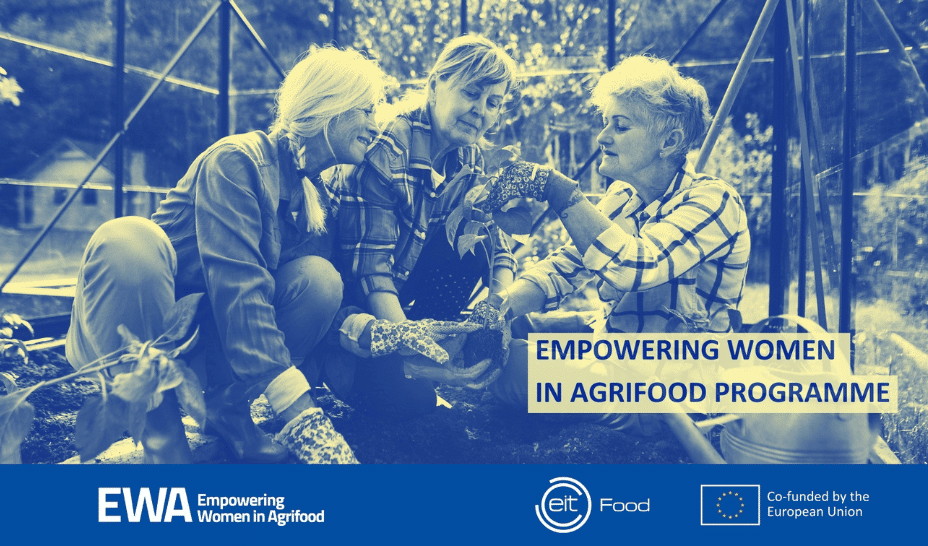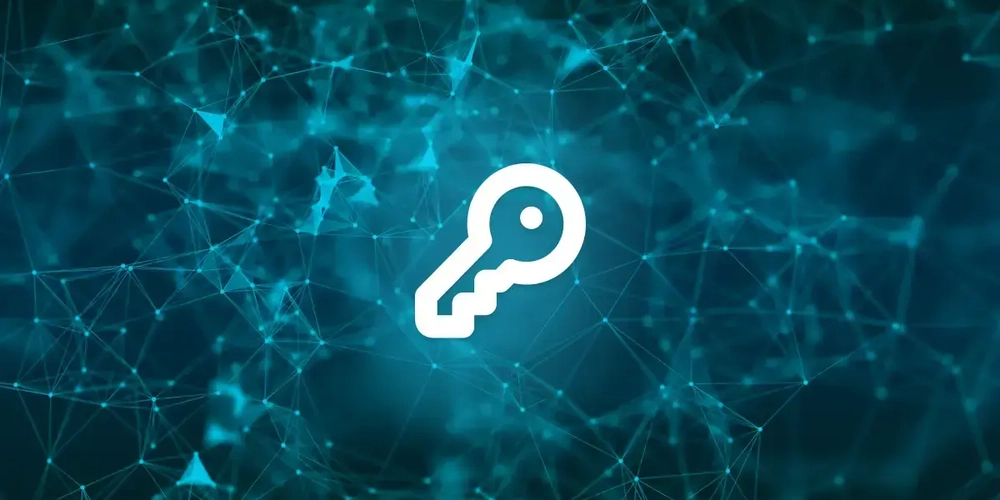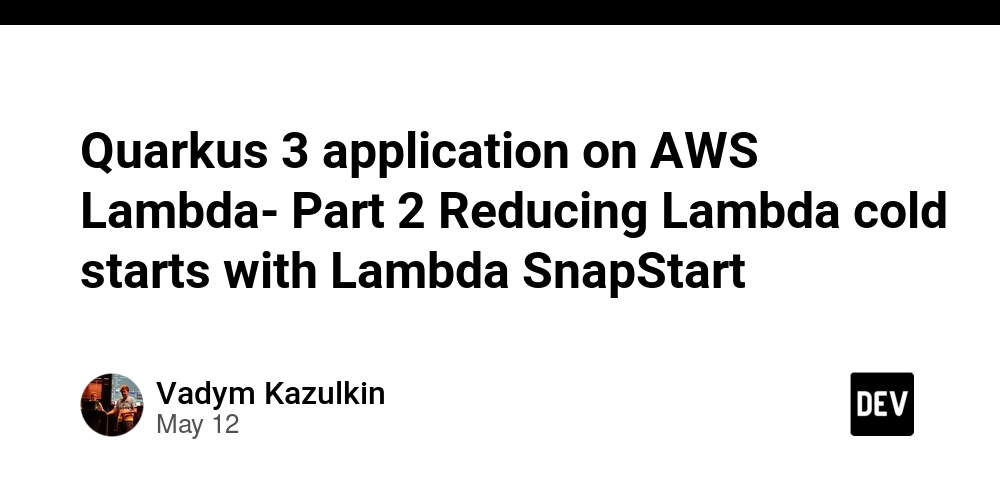Apache Mahout: Open Source Funding and Community Innovation in a Blockchain Era
Abstract Apache Mahout is not only a powerful machine learning library maintained by the Apache Software Foundation but also an exemplary case study in sustainable open source funding and community governance. In this post, we explore the evolution of Mahout, its open source business model, and the emerging trends of funding via blockchain and tokenization. We detail the inner workings of traditional corporate sponsorship, donations, and decentralized, blockchain-based funding mechanisms that are reshaping how community-driven projects thrive. By discussing background, core concepts, practical applications, challenges, and future innovations, this article offers technical insights and actionable advice for developers, business strategists, and open source community organizers. Introduction Apache Mahout has long been heralded as an industry-leading scalable machine learning library implemented in Java. Initially conceived to tackle complex data problems through distributed computing, Mahout has grown into a symbol of open source collaboration, transparent governance, and innovative funding practices. Today, as blockchain technology and tokenization start to influence traditional open source funding models, projects like Apache Mahout offer a compelling narrative of adaptability and community strength. In this post, we dive into the open source business model that sustains Mahout, examine its funding methods, and explore the rising role of blockchain in funding open source projects. For those who want to get started right away, you can explore the Apache Mahout GitHub repository for the latest code contributions, or learn more about its governance on the Apache Software Foundation website. Additionally, the project is licensed under the permissive Apache 2.0 License, which guards both contributors and users. Background and Context The Evolution of Apache Mahout Apache Mahout began as an initiative to address the growing need for scalable machine learning algorithms capable of handling big data efficiently. Originating within the Apache ecosystem, Mahout combines robust algorithm implementations with the agile development style characteristic of open source software. Over time, its contribution repository—hosted openly on GitHub—has enabled a diverse community of developers and researchers to iterate rapidly and push quality updates. Key milestones in Mahout’s journey include: Transitioning from stand-alone algorithms to integrations with distributed computing frameworks. Adoption and support from large corporations as well as individual enthusiasts. The evolution of its funding model, which now encompasses traditional corporate sponsorship, community donations, and experimental blockchain-based avenues. The Open Source Funding Ecosystem Historically, funding for open source projects like Mahout has relied on a combination of: Corporate Sponsorships: Many companies invest in projects they use in production. Grant Funding and Donations: Organizations and individuals contribute to ensure the continuity of critical software. Community-Driven Contributions: Both financial and code contributions drive project sustainability. In recent years, disruptive innovations such as blockchain technology have opened up alternative funding routes. Tokenized funding models, for instance, aim to decentralize financial support through digital tokens that can reward both contributors and backers. This evolving landscape, including platforms dedicated to blockchain for open source funding, is paving the way for what some call a “hybrid funding approach”—one that leverages both traditional methods and cutting-edge decentralized finance innovations. The Role of the Apache 2.0 License Underpinning Mahout’s success is its adherence to the Apache 2.0 License. This license plays a critical role by: Granting Patent Protection: Safeguarding users against potential infringement claims. Permitting Modification and Redistribution: Encouraging duplicates and derivatives that expand the ecosystem. Requiring Proper Attribution: Helping maintain the history and credibility of contributions. The Apache 2.0 License is widely regarded as one of the most robust frameworks for open source software legal protection, thereby reinforcing community trust and collaboration. Core Concepts and Features Mahout’s ecosystem is defined by several core concepts and features that drive its long-term sustainability: Community-Driven Development At its heart, Mahout thrives on the contributions of a diverse group of developers, researchers, and corporate partners. The community frequently collaborates through mailing lists, conferences, and coding sprints. Transparency: All development processes are public, enabling scrutiny and collective problem-solving. Meritocracy: Contributions are judged on quality rather than origin, ensuring that the best

Abstract
Apache Mahout is not only a powerful machine learning library maintained by the Apache Software Foundation but also an exemplary case study in sustainable open source funding and community governance. In this post, we explore the evolution of Mahout, its open source business model, and the emerging trends of funding via blockchain and tokenization. We detail the inner workings of traditional corporate sponsorship, donations, and decentralized, blockchain-based funding mechanisms that are reshaping how community-driven projects thrive. By discussing background, core concepts, practical applications, challenges, and future innovations, this article offers technical insights and actionable advice for developers, business strategists, and open source community organizers.
Introduction
Apache Mahout has long been heralded as an industry-leading scalable machine learning library implemented in Java. Initially conceived to tackle complex data problems through distributed computing, Mahout has grown into a symbol of open source collaboration, transparent governance, and innovative funding practices. Today, as blockchain technology and tokenization start to influence traditional open source funding models, projects like Apache Mahout offer a compelling narrative of adaptability and community strength. In this post, we dive into the open source business model that sustains Mahout, examine its funding methods, and explore the rising role of blockchain in funding open source projects.
For those who want to get started right away, you can explore the Apache Mahout GitHub repository for the latest code contributions, or learn more about its governance on the Apache Software Foundation website. Additionally, the project is licensed under the permissive Apache 2.0 License, which guards both contributors and users.
Background and Context
The Evolution of Apache Mahout
Apache Mahout began as an initiative to address the growing need for scalable machine learning algorithms capable of handling big data efficiently. Originating within the Apache ecosystem, Mahout combines robust algorithm implementations with the agile development style characteristic of open source software. Over time, its contribution repository—hosted openly on GitHub—has enabled a diverse community of developers and researchers to iterate rapidly and push quality updates.
Key milestones in Mahout’s journey include:
- Transitioning from stand-alone algorithms to integrations with distributed computing frameworks.
- Adoption and support from large corporations as well as individual enthusiasts.
- The evolution of its funding model, which now encompasses traditional corporate sponsorship, community donations, and experimental blockchain-based avenues.
The Open Source Funding Ecosystem
Historically, funding for open source projects like Mahout has relied on a combination of:
- Corporate Sponsorships: Many companies invest in projects they use in production.
- Grant Funding and Donations: Organizations and individuals contribute to ensure the continuity of critical software.
- Community-Driven Contributions: Both financial and code contributions drive project sustainability.
In recent years, disruptive innovations such as blockchain technology have opened up alternative funding routes. Tokenized funding models, for instance, aim to decentralize financial support through digital tokens that can reward both contributors and backers. This evolving landscape, including platforms dedicated to blockchain for open source funding, is paving the way for what some call a “hybrid funding approach”—one that leverages both traditional methods and cutting-edge decentralized finance innovations.
The Role of the Apache 2.0 License
Underpinning Mahout’s success is its adherence to the Apache 2.0 License. This license plays a critical role by:
- Granting Patent Protection: Safeguarding users against potential infringement claims.
- Permitting Modification and Redistribution: Encouraging duplicates and derivatives that expand the ecosystem.
- Requiring Proper Attribution: Helping maintain the history and credibility of contributions.
The Apache 2.0 License is widely regarded as one of the most robust frameworks for open source software legal protection, thereby reinforcing community trust and collaboration.
Core Concepts and Features
Mahout’s ecosystem is defined by several core concepts and features that drive its long-term sustainability:
Community-Driven Development
At its heart, Mahout thrives on the contributions of a diverse group of developers, researchers, and corporate partners. The community frequently collaborates through mailing lists, conferences, and coding sprints.
- Transparency: All development processes are public, enabling scrutiny and collective problem-solving.
- Meritocracy: Contributions are judged on quality rather than origin, ensuring that the best ideas shape the project.
- Collaborative Governance: Decisions are made using an established framework under the guidance of the Apache Software Foundation.
Multi-Channel Funding Approach
Mahout leverages a mixed funding model that includes:
-
Traditional Funding Methods:
- Corporate Sponsorships
- Grant Funding
- Donations
Innovative Blockchain Tokenization:
Emerging modalities allow the issuance of tokens to acknowledge contributions or secure funding commitments. Such experiments are aligning with trends highlighted by resources like arbitrum and open source license compatibility and license-token innovative licensing for open source.
Distributed Governance and Reinvestment
Unlike proprietary software, Mahout reinvests contributions to enhance its infrastructure, leading to a self-sustaining virtuous cycle. Transparency in financial decisions assures contributors that their efforts directly benefit the community.
Key Attributes of Mahout’s Funding Methods:
- Stability: Reliance on established corporate sponsorship provides a steady funding stream.
- Flexibility: Blockchain-enabled funding can attract a broader range of supporters and provide immediate incentives.
- Community Benefits: Reinvestment of funds supports documentation improvements, infrastructure scaling, and developer outreach.
Bullet List of Core Features
- Scalable Machine Learning: Built to handle real-world, big data problems.
- Secure and Transparent Licensing: Under the Apache 2.0 License, protecting intellectual property.
- Hybrid Funding Models: Combining traditional corporate sponsorship and decentralized token-based systems.
- Community-centric Governance: Decisions driven by meritocracy and openness.
- Interoperability: Collaborative integration with other Apache projects and modern platforms.
Applications and Use Cases
Apache Mahout is widely used across industries and research domains, demonstrating its versatility as an open source machine learning framework. Here are a few practical examples:
Use Case 1: Enterprise Data Processing
Many large corporations integrate Mahout into their analytics platforms for massive data sets. By leveraging Mahout for distributed machine learning tasks, companies can:
- Improve predictive analytics.
- Optimize resource allocation.
- Enhance data-driven decision-making.
Corporate sponsors who benefit from these integrations often contribute financially, reinforcing the project’s sustainability.
Use Case 2: Academic Research and Innovation
Universities and research institutions use Mahout to explore new algorithmic frontiers. The open protocols and transparent governance of the project enable:
- Collaboration among international research teams.
- Joint development of innovative machine learning techniques.
- Funding of joint academic initiatives through grants and sponsorships.
Use Case 3: Emerging Blockchain-Enabled Funding Models
Innovative projects within the open source sphere are experimenting with blockchain. For example:
- Some projects have issued tokens as financial backing for development milestones.
- Hybrid models merging traditional sponsorship with decentralized funding approaches are being piloted.
- These experiments aim to boost community participation, and detailed strategies are discussed in articles like open source funding best practices.
Challenges and Limitations
While Mahout’s robust community and open funding model have been key to its success, the project also faces several challenges:
Technical Challenges
Scalability of Distributed Funding Systems:
Integrating blockchain-based tokenization presents technological hurdles such as ensuring secure smart contract execution and managing token liquidity.Legal and Compliance Issues:
As funding shifts toward decentralized models, there arise regulatory complexities that require continuous monitoring and adaptation, particularly in jurisdictions with strict financial oversight.Maintaining Code Quality Amid Fast-Paced Contributions:
With contributions pouring in from various sources, ensuring consistent code quality and documentation poses a challenge.
Adoption Challenges
Community Resistance:
Some elements of the community may be slow to adopt innovative funding methods, preferring time-tested traditional sponsorship.Security Risks:
With emerging blockchain funding, security vulnerabilities in token contracts could impact funding integrity.Integration with Legacy Systems:
Corporations using established infrastructures might face difficulties integrating new funding and governance protocols seamlessly.
Comparison Table: Funding Models
| Funding Model | Advantages | Challenges |
|---|---|---|
| Corporate Sponsorship | Stable, long-term funding; established trust | Dependence on large entities; slower reaction to market changes |
| Donations and Grants | Community-driven; easy to implement | Inconsistent revenue; may fluctuate with economic conditions |
| Blockchain Tokenization | Immediate rewards; transparency; decentralization | Regulatory uncertainty; technical complexity; security risks |
This table highlights the pros and cons of different funding methods, showcasing why a hybrid approach might be the most sustainable path for open source projects like Mahout.
Future Outlook and Innovations
As technology advances and collective financing models evolve, the future of Apache Mahout and similar projects appears dynamic:
Integration with Blockchain and Tokenized Funding
The introduction of blockchain technology into open source funding has the potential to revolutionize the way projects secure resources. We anticipate:
- Increased Adoption of Tokenized Models: More projects might implement systems similar to those described in license-token bridging the gap in OSS funding.
- Enhanced Transparency and Accountability: Blockchain’s immutable ledger can provide a clear trail for financial transactions, thereby boosting donor confidence.
Emergence of Hybrid Funding Models
In the near future, combining traditional corporate sponsorship with innovative blockchain-enabled funding methods can:
- Expand the community pool by including micro-investors who value transparency.
- Increase the speed and flexibility of funding decisions.
- Integrate modern open source funding best practices into the established financial ecosystem.
Broader Ecosystem Collaborations
Collaborations between Apache projects and emerging blockchain platforms are likely to improve interoperability and resource sharing. These partnerships will:
- Drive innovative integrations.
- Foster new governance models that support distributed decision-making.
- Lead to enhanced open source licensing strategies, such as those discussed in arbitrum and open source license compatibility.
Insights from the Developer Community
Recent discussions on forums like Dev.to are shedding light on systemic funding challenges and emerging solutions. Notable insights include:
- Funding Workshops for Developers: Articles such as open-source funding workshops for developers provide actionable frameworks.
- Ethical Funding and Sustainability: Thought leaders emphasize the importance of ethical investment in open source to ensure fairness and transparency.
- Sponsorship and Community Backing: In posts like the power of sponsorship in open source projects, developers share methods that have helped their projects grow sustainably.
Summary
Apache Mahout is more than a scalable machine learning library—it is a case study in the evolution of open source funding and community governance. By combining traditional funding avenues such as corporate sponsorship and grants with emerging blockchain tokenization methods, Mahout demonstrates a versatile and sustainable financial model. Key takeaways include:
- Robust Community Engagement: Mahout thrives thanks to the contributions of developers, researchers, and corporate sponsors who value transparency and meritocracy.
- Diverse Funding Channels: Traditional corporate sponsorship, grants, and donations are now being supplemented by innovative blockchain-based models.
- Legal and Regulatory Strength: The Apache 2.0 License underpins the project's legal framework, ensuring security and encouraging further contributions.
- Emerging Trends: Hybrid funding models that interweave old and new financial strategies promise to revolutionize the sustainability of open source projects.
- Future Collaboration: Improved interoperability and distributed governance will further strengthen the open source ecosystem.
Conclusion
Apache Mahout exemplifies how open source projects can evolve to meet the financial and technical demands of tomorrow’s digital landscape. With its well-established framework, transparent governance, and flexible business model, Mahout continues to provide cutting-edge scalable machine learning solutions. The integration of blockchain-based funding—alongside enduring practices like corporate sponsorship and grants—illustrates a forward-thinking approach in open source financing.
As we look to the future, projects like Mahout signal that the combination of robust licensing, community-driven development, and innovative funding methodologies is key to sustainable innovation. Whether you’re a developer, researcher, or business strategist, the Mahout model offers insights into how open source ecosystems can remain vibrant and self-sustaining in an era increasingly influenced by decentralized technologies.
For further reading on these topics, check out these additional resources:
- Apache Mahout GitHub Repository
- Apache Software Foundation
- Apache 2.0 License Details
- Official Apache Mahout Website
Interested in innovative funding models? Explore articles such as blockchain for open source funding and license-token innovative licensing for open source.
Additionally, perspectives from the developer community on platforms like Dev.to provide deep dives into sustainable funding practices. For instance, read about open source sponsorship and backing or see ethical funding methods to grasp the broader context.
Final Thoughts
Apache Mahout’s story teaches us that successful innovations stem from robust community efforts and sustainable funding strategies. As traditional and decentralized models merge, the future holds tremendous promise for projects that harness the power of open source, transparent licensing, and blockchain-based financial models. By keeping a keen eye on emerging trends and continuously fostering community engagement, Mahout and similar projects will continue to lead the way in both technological and economic innovation.
Key Concepts Recap (Bullet List):
- Scalable Machine Learning Algorithms that support big data.
- Open Source Governance under the Apache 2.0 License.
- Hybrid Funding Models integrating traditional and blockchain tokenization.
- Community-Driven Development with multi-level contributions.
- Future Innovations in distributed finance and security compliance.
Funding Models Comparison Table (see above) summarizes the strengths and challenges of each approach and illustrates the benefits of a diversified funding portfolio.
In embracing these methodologies, Apache Mahout sets the benchmark for how open source projects can evolve in the modern digital economy—ensuring that innovation remains open, secure, and accessible to all.
Happy coding, and may your open source projects thrive in the blockchain era!















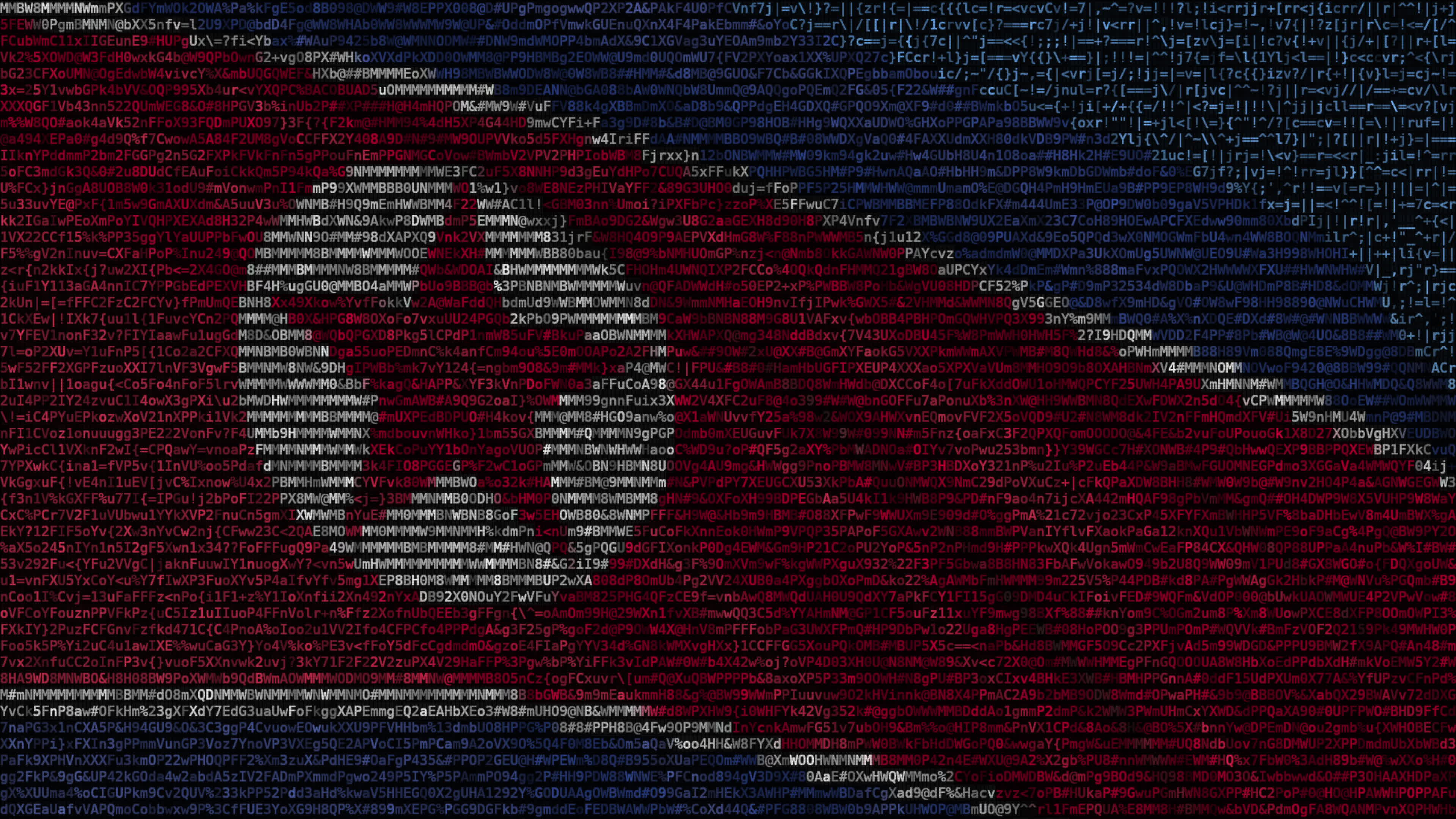





























































































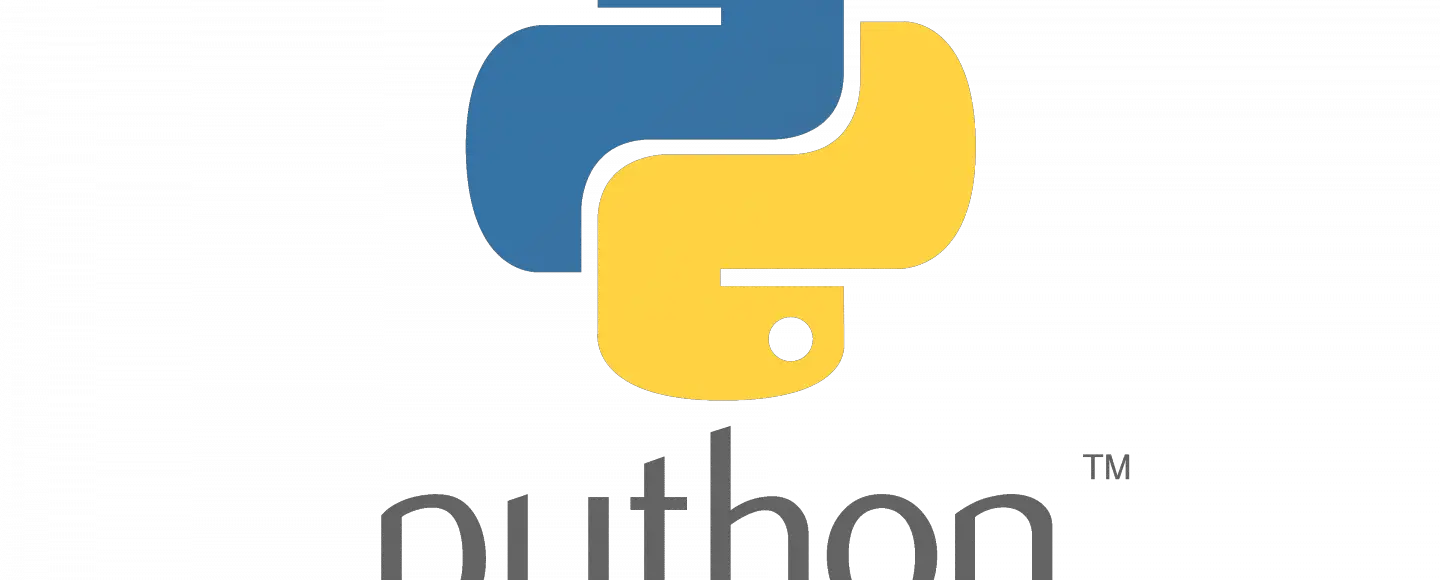





















































![[The AI Show Episode 145]: OpenAI Releases o3 and o4-mini, AI Is Causing “Quiet Layoffs,” Executive Order on Youth AI Education & GPT-4o’s Controversial Update](https://www.marketingaiinstitute.com/hubfs/ep%20145%20cover.png)












































































































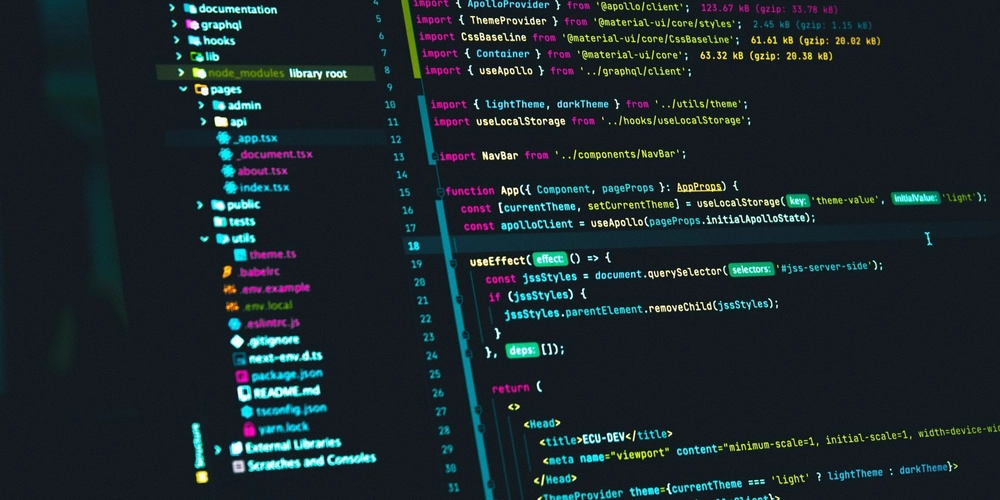
















![Ditching a Microsoft Job to Enter Startup Purgatory with Lonewolf Engineer Sam Crombie [Podcast #171]](https://cdn.hashnode.com/res/hashnode/image/upload/v1746753508177/0cd57f66-fdb0-4972-b285-1443a7db39fc.png?#)

















































































































.png?width=1920&height=1920&fit=bounds&quality=70&format=jpg&auto=webp#)



















_designer491_Alamy.jpg?width=1280&auto=webp&quality=80&disable=upscale#)
















































































































![Apple iPhone Exports From India Surge 116% [Report]](https://www.iclarified.com/images/news/97292/97292/97292-640.jpg)
![Apple Shares 'Last Scene' Short Film Shot on iPhone 16 Pro [Video]](https://www.iclarified.com/images/news/97289/97289/97289-640.jpg)
![Apple M4 MacBook Air Hits New All-Time Low of $824 [Deal]](https://www.iclarified.com/images/news/97288/97288/97288-640.jpg)
![An Apple Product Renaissance Is on the Way [Gurman]](https://www.iclarified.com/images/news/97286/97286/97286-640.jpg)









































![Gurman: First Foldable iPhone 'Should Be on the Market by 2027' [Updated]](https://images.macrumors.com/t/7O_4ilWjMpNSXf1pIBM37P_dKgU=/2500x/article-new/2025/03/Foldable-iPhone-2023-Feature-Homescreen.jpg)











































